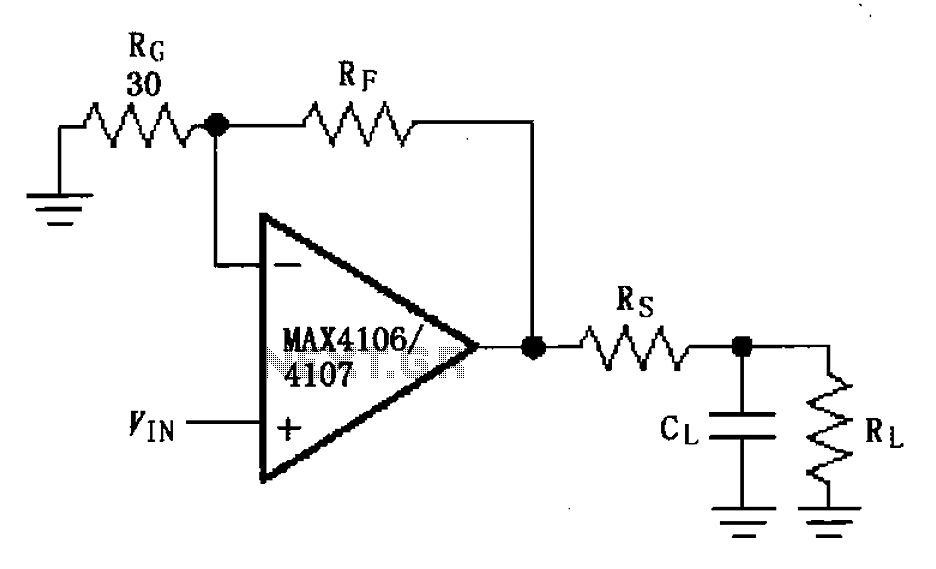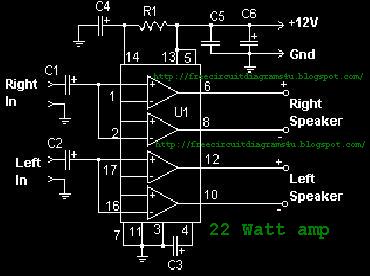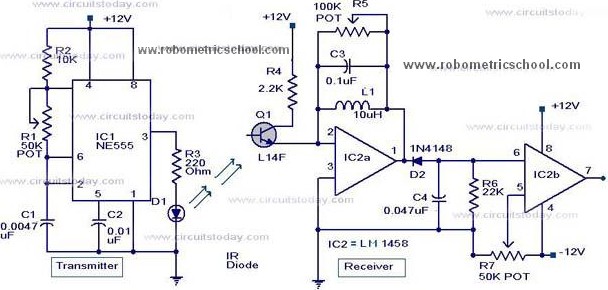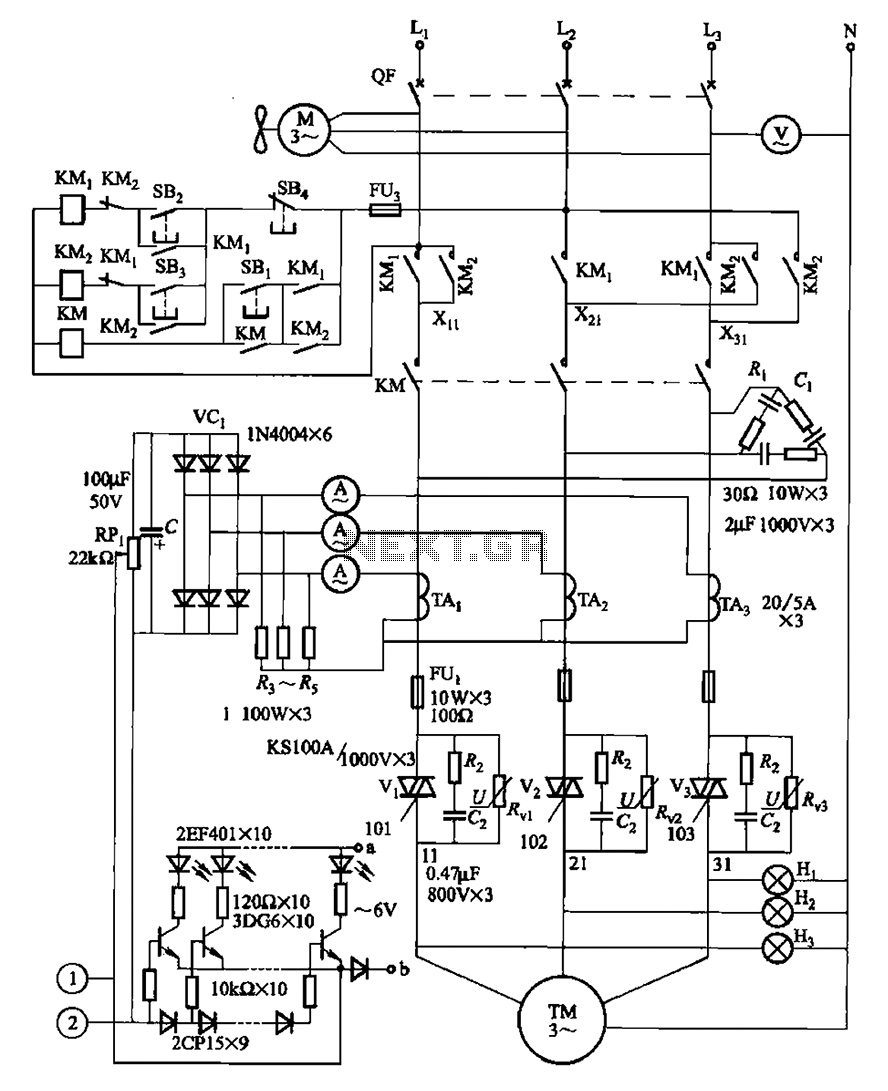
Capacitive load drive circuit diagram of the MAX4106 4107

The MAX4106/4107 is designed with a capacitive load drive circuit that includes an isolation resistor (Rs). While the MAX4106/4107 exhibits excellent AC characteristics, they are not optimized for driving high reactive loads. Utilizing a high reactive load may diminish the phase margin, resulting in pulse signal overshoot and ringing. To mitigate these issues, an isolation resistor (Rs) can be applied between the output terminal and the load. This resistor helps to suppress overshoot and oscillation, with a recommended resistance value ranging from 10 to 20 ohms. For the MAX4106, when RF is set to 120, the gain is 5V/V. In contrast, for the MAX4107, when RF is set to 270, the gain is 10V/V.
The MAX4106 and MAX4107 operational amplifiers are designed for high-speed applications, featuring a wide bandwidth and low distortion. The inclusion of an isolation resistor (Rs) is crucial when interfacing with capacitive loads, as these loads can introduce instability in the feedback loop, leading to undesirable oscillations. The isolation resistor serves to dampen these oscillations by introducing a controlled amount of resistance, which increases the phase margin and enhances stability.
When selecting the value for Rs, it is important to consider the specific application and the characteristics of the load. A resistor value between 10 and 20 ohms is generally effective for most applications, but fine-tuning may be necessary based on the load's reactance. The interaction between the isolation resistor and the capacitive load can significantly influence the performance of the amplifier.
The MAX4106 is optimized for a gain of 5V/V with a feedback resistor (RF) of 120 ohms, while the MAX4107 is configured for a gain of 10V/V with a feedback resistor of 270 ohms. These gain settings allow for flexibility in various applications, enabling the user to achieve the desired output level while maintaining signal integrity. Careful consideration of the feedback network design is essential to ensure optimal performance, as it directly affects the bandwidth and stability of the amplifier circuit.
In summary, the MAX4106/4107 operational amplifiers, when used with an appropriate isolation resistor and feedback network, can effectively drive capacitive loads while minimizing the risk of overshoot and ringing, thus ensuring reliable performance in high-speed electronic applications. As shown in FIG grounds MAX4106/4107 using a capacitive load drive circuit isolation resistor Rs constituted. MAX4106/4107 good AC characteristics, but they are not designed to drive high reactive load, such as using a high reactive load will reduce the phase margin, causing a pulse signal overshoot ringing and ringing. The circuit can eliminate the above problems may arise between the output terminal and the load applied isolation resistor Rs, can be used to suppress overshoot and ringing oscillation, Rs is resistance of 10 ~ 20.
When the chip MAX4106, and RF when 120, a gain of 5V/V; when the chip MAX4107, and RF to 270 at a gain of 10V/V.
The MAX4106 and MAX4107 operational amplifiers are designed for high-speed applications, featuring a wide bandwidth and low distortion. The inclusion of an isolation resistor (Rs) is crucial when interfacing with capacitive loads, as these loads can introduce instability in the feedback loop, leading to undesirable oscillations. The isolation resistor serves to dampen these oscillations by introducing a controlled amount of resistance, which increases the phase margin and enhances stability.
When selecting the value for Rs, it is important to consider the specific application and the characteristics of the load. A resistor value between 10 and 20 ohms is generally effective for most applications, but fine-tuning may be necessary based on the load's reactance. The interaction between the isolation resistor and the capacitive load can significantly influence the performance of the amplifier.
The MAX4106 is optimized for a gain of 5V/V with a feedback resistor (RF) of 120 ohms, while the MAX4107 is configured for a gain of 10V/V with a feedback resistor of 270 ohms. These gain settings allow for flexibility in various applications, enabling the user to achieve the desired output level while maintaining signal integrity. Careful consideration of the feedback network design is essential to ensure optimal performance, as it directly affects the bandwidth and stability of the amplifier circuit.
In summary, the MAX4106/4107 operational amplifiers, when used with an appropriate isolation resistor and feedback network, can effectively drive capacitive loads while minimizing the risk of overshoot and ringing, thus ensuring reliable performance in high-speed electronic applications. As shown in FIG grounds MAX4106/4107 using a capacitive load drive circuit isolation resistor Rs constituted. MAX4106/4107 good AC characteristics, but they are not designed to drive high reactive load, such as using a high reactive load will reduce the phase margin, causing a pulse signal overshoot ringing and ringing. The circuit can eliminate the above problems may arise between the output terminal and the load applied isolation resistor Rs, can be used to suppress overshoot and ringing oscillation, Rs is resistance of 10 ~ 20.
When the chip MAX4106, and RF when 120, a gain of 5V/V; when the chip MAX4107, and RF to 270 at a gain of 10V/V.





